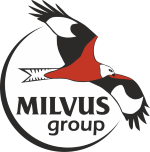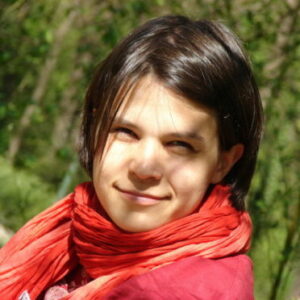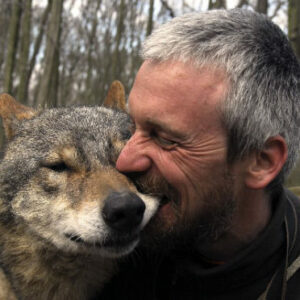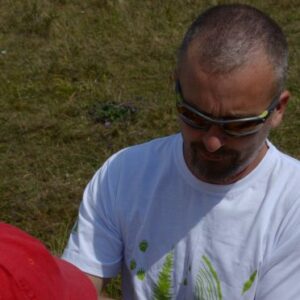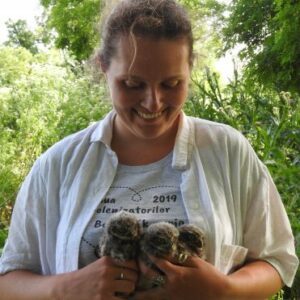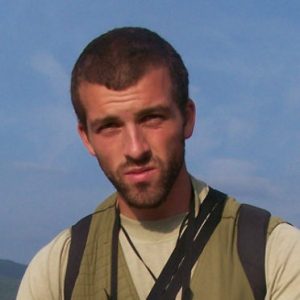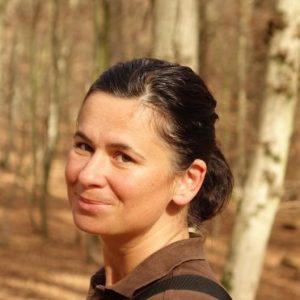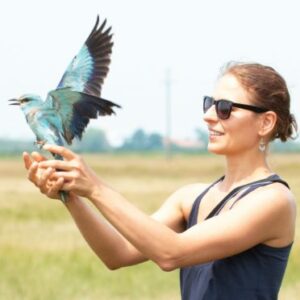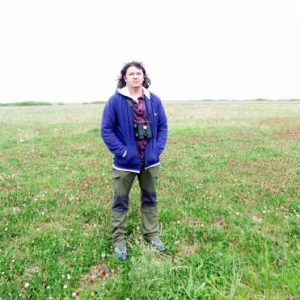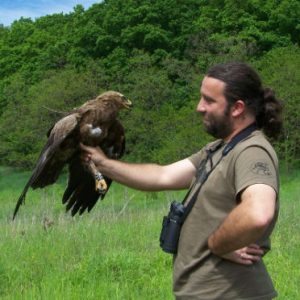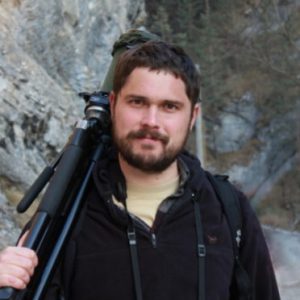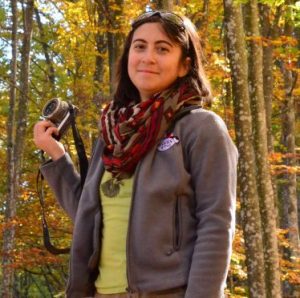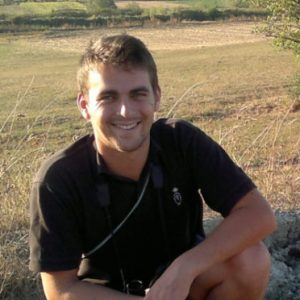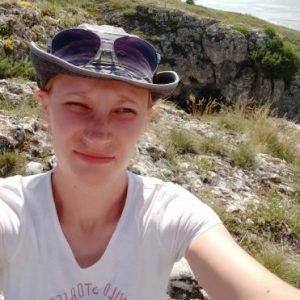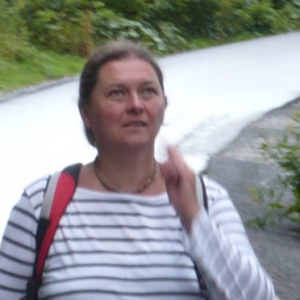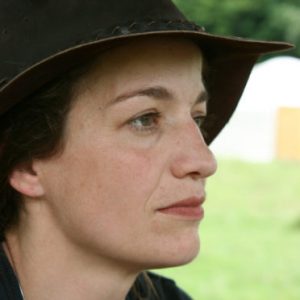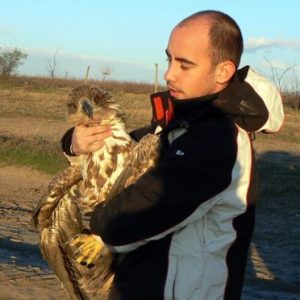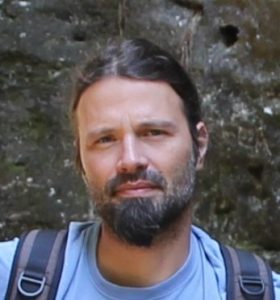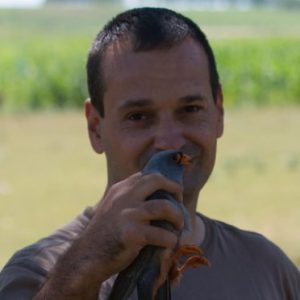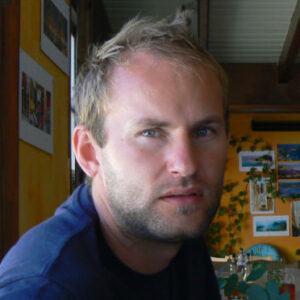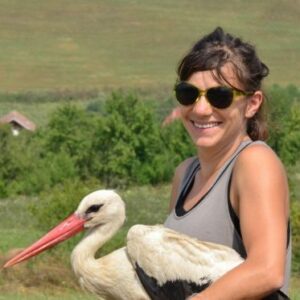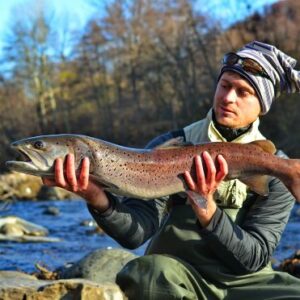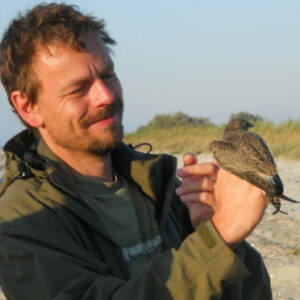Mounting of artificial nests for Saker Falcon has been started in the Western part of Romania

In the last two years, the employees of the Milvus Group working on the Falco cherrug conservation LIFE+ project expansively examined the suitable natural nests for Saker Falcons occurring in the Western part of Romania. The results clearly show that the lack of such nests is one of the most important limiting factors for Sakers to inhabit these regions. Falcon species do not make nests of their own, they typically use nests built by other birds to breed, and Saker Falcon is no exception to this rule. Unfortunately solitaire trees and small tree patches, which are proper habitats for different species of raptors or Corvids to build their nests, are widely missing from Western Romania. In these conditions they cannot provide breeding places for Sakers, as well. The South-western part of Romania, named Banat, is such a place, where the only natural nests suitable for Sakers occur on pylons of high voltage powerlines. (more…)
